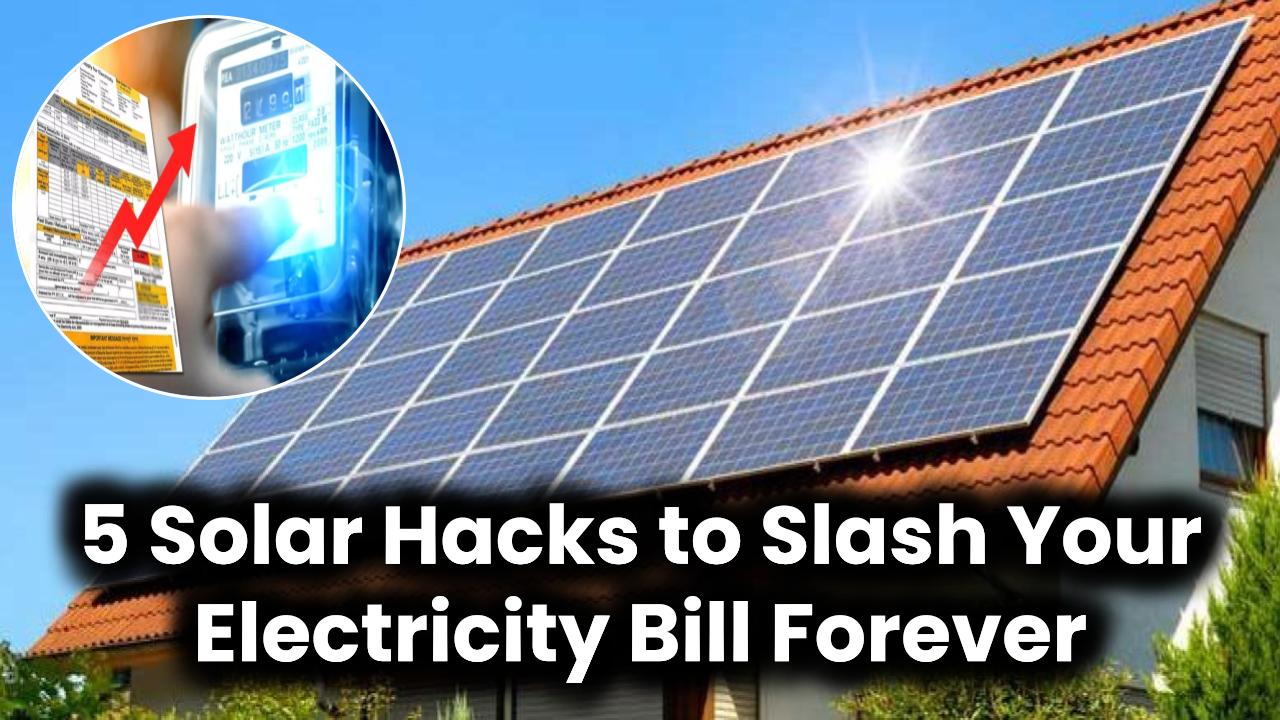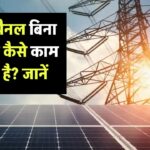
The Level 3 Alert issued for solar inverters by the National Power Grid Reliability Council is grabbing attention across the energy sector, and rightfully so. This alert highlights critical concerns about the performance and modeling of inverter-based resources (IBRs), particularly solar inverters, which have become integral in today’s renewable energy infrastructure. Understanding this alert, its implications, and the steps needed to ensure grid stability is vital not only for energy professionals but also for anyone interested in the future of clean energy.
What Is the Level 3 Alert for Solar Inverters?
The National Power Grid Reliability Council, formally known as the North American Electric Reliability Corporation (NERC), has issued a Level 3 Alert concerning solar inverters and other inverter-based resources (IBRs). These inverters are essential for converting the direct current (DC) produced by solar panels into alternating current (AC), which powers homes and businesses.
The alert comes after a series of significant disturbances in the power grid caused by unexpected and poorly modeled inverter behavior. Since 2016, over 15,000 megawatts (MW) of generation capacity has been lost unexpectedly due to these issues, which the current planning models failed to predict or replicate accurately.
The alert signals the highest level of urgency for generator owners, transmission planners, and grid operators to take essential actions that will help maintain grid stability and reliability.
Why Does This Matter?
Renewable energy, especially solar power, has been growing rapidly and now forms a significant part of the electricity generation mix in many regions. Solar inverters are the heart of solar power systems, enabling them to interface safely and effectively with the grid.
However, when inverters don’t behave as expected during grid disturbances—such as voltage or frequency fluctuations—they can inadvertently cause power outages or destabilize the grid. The Level 3 Alert emphasizes the risk of these events and the need for improved technical standards, modeling, and reporting.
Understanding and Addressing the Level 3 Alert
1. What Are Inverter-Based Resources (IBRs)?
Inverter-Based Resources (IBRs) are energy generation or storage systems that rely on inverters to connect to the electric grid. This includes:
- Solar photovoltaic (PV) systems
- Wind turbines
- Battery storage systems
Unlike traditional synchronous generators (like coal or gas turbines), IBRs have different electrical characteristics and require specialized modeling and control techniques to maintain grid stability.
2. What Are the Key Issues Highlighted by the Alert?
- Modeling Gaps: Many solar inverter models used in grid planning do not accurately reflect real-world performance, especially during disturbances.
- Performance Shortcomings: Solar inverters have shown unexpected behaviors under stress, such as poor frequency response or inadequate ride-through capability (the ability to stay connected during grid faults).
- Lack of Data Sharing: There’s a limited flow of detailed performance data from inverter manufacturers and plant operators to grid planners, complicating accurate system planning.
- Inconsistent Standards: Existing interconnection and operational standards for IBRs vary and often lack enforcement mechanisms.
3. What Are the Essential Actions Mandated by NERC?
NERC outlines four essential actions that stakeholders must take:
a) Update Technical Minimum Requirements
Generator owners must ensure their interconnection agreements and planning processes include detailed inverter specifications. These cover:
- Reactive power control
- Frequency response capabilities
- Fault ride-through behavior
- Post-disturbance recovery mechanisms
b) Improve Modeling and Studies
Planners and engineers must use high-fidelity models that realistically represent inverter behavior in various operating conditions. This involves collaboration with manufacturers and updated testing protocols.
c) Review Existing Operating IBRs
Grid operators should review the actual performance of installed solar inverters and identify discrepancies with their modeled behavior.
d) Ensure Model Accuracy and Reporting
Models submitted for regulatory and planning purposes must be accurate, validated, and reflect actual inverter capabilities to support reliable grid operation.
4. How Will These Actions Help?
Taking these steps will:
- Reduce unexpected power loss events caused by inverter malfunctions.
- Improve the reliability of power grids as more solar and renewable energy resources come online.
- Enhance the accuracy of grid planning and operation models.
- Ensure better coordination among generator owners, grid operators, and planners.
Practical Advice for Solar and Grid Professionals
For solar plant owners and operators, it’s essential to:
- Collaborate with inverter manufacturers to obtain and understand technical specs.
- Monitor inverter performance continuously and report issues promptly.
- Participate in industry working groups addressing inverter modeling and standards.
For grid operators and planners:
- Demand detailed and validated inverter models during interconnection studies.
- Conduct real-world performance assessments of solar inverter plants.
- Advocate for regulatory frameworks enforcing stringent technical requirements for IBRs.
How Modeling Failures Can Impact the Grid
In one notable case, a sudden voltage dip triggered hundreds of solar inverters to disconnect simultaneously due to inadequate ride-through capabilities. This unexpected loss of generation caused frequency drops and forced emergency grid interventions, costing millions in lost power and recovery efforts. Accurate modeling and stricter standards could have prevented this scenario.
Why Should the Public Care?
Even if you’re not directly involved in the energy industry, this alert impacts everyone. The reliability and stability of the power grid affect everything from your home electricity to the operation of hospitals, transportation systems, and businesses.
With the ongoing transition to clean energy, ensuring that solar power integrates smoothly and safely into the grid is a must for a sustainable future.
Heliup Powers Up 100 MW Lightweight Solar Panel Factory in France – Boost to Clean Manufacturing
Avangrid Pledges $41 Million to Modernize New York’s Aging Power Grid Infrastructure
Solar Panel Recycling: Is This the Next Billion-Dollar Green Industry?
(FAQs)
Q1: What exactly is a Level 3 Alert?
A: It is the highest alert level issued by NERC, indicating a serious reliability risk that requires immediate and coordinated action.
Q2: Are solar inverters unsafe?
A: No, solar inverters are safe and essential for solar power. The alert addresses rare but critical situations where inverter performance under grid stress can impact stability.
Q3: Does this alert mean solar energy is unreliable?
A: Not at all. It means the industry needs to improve modeling, standards, and data sharing to ensure reliability as solar penetration grows.
Q4: How can inverter models be improved?
A: Through detailed testing, manufacturer collaboration, real-world data collection, and rigorous validation in grid simulations.
Q5: What is ride-through capability?
A: It’s the inverter’s ability to stay connected and operate properly during short-term voltage or frequency disturbances.









